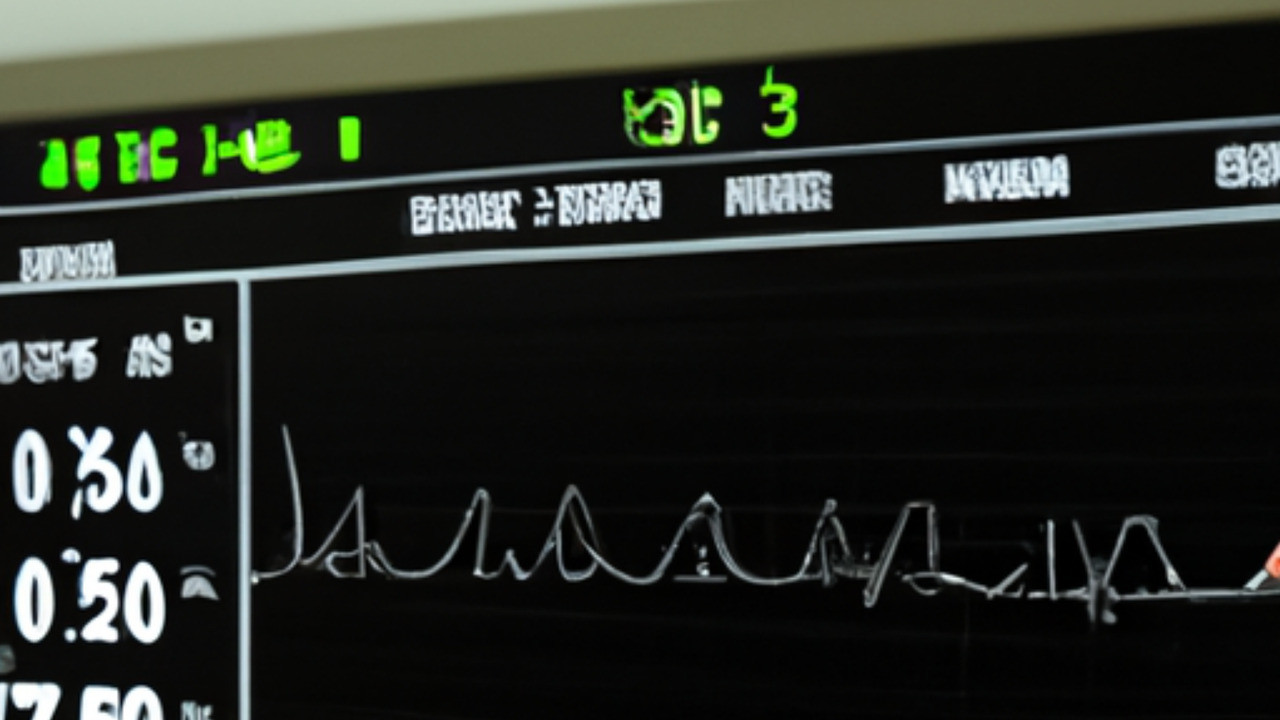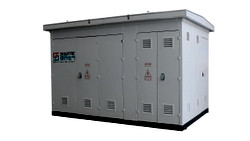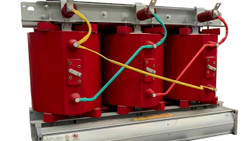Electromagnetic Compatibility (EMC) is a critical aspect of designing and manufacturing energy meters. As these devices are responsible for accurately measuring and monitoring energy consumption, it is crucial that they function properly and do not interfere with other electronic devices.
The majority of our clientele adheres to IEC standards, particularly IEC 62052-11. The purpose of this article is to provide an overview of the EMC requirements outlined in this standard. If you have any questions, we recommend referring to the original document for more detailed information. Nevertheless, comments are welcome.
Importance of Electromagnetic Compatibility
EMC refers to the ability of electronic devices to operate without causing electromagnetic interference (EMI) or being affected by existing electromagnetic fields. In the case of energy meters, ensuring EMC is essential for several reasons:
- Accurate Measurements
Energy meters are required to accurately measure electrical energy consumption. Any interference from electromagnetic sources could lead to distorted readings, resulting in incorrect billing or inefficient energy management. - Safety Considerations
Energy meters are installed in various environments, including residential, commercial, and industrial settings. If not designed with proper EMC measures, they could potentially interfere with critical equipment, posing safety hazards. - Legal Requirements
Many countries have regulations in place to ensure the EMC compliance of energy meters. Compliance with these regulations is essential for market access and overall product quality.

(medical equipment as symbol image, credit CLOU)
Required EMC tests according to IEC 62052-11:2020
EMC (Electromagnetic Compatibility) tests play a crucial role in ensuring that electrical energy meters comply with international standards and regulations. In accordance with IEC 62052-11:2020, energy meters undergo various EMC tests, including immunity and emission requirements. These tests evaluate the meter's ability to withstand electromagnetic disturbances and its emission levels to prevent interference with other electronic devices or systems. By conducting these tests, the standard aims to promote coexistence, accuracy, and reliability of energy meters in their operation within the electromagnetic environment.
The tests include:
- Voltage dips and short interruptions
The purpose of the Voltage dips and short interruptions test in section 9.3.2 of IEC62052-11 is to assess the ability of an electricity meter to operate correctly during brief decreases in voltage or temporary power interruptions, which commonly occur in power distribution systems. It helps ensure the meter can accurately measure and record energy consumption during such events. - Electrostatic discharge immunity test
The objective of the Electrostatic Discharge Immunity test, section 9.3.3 of IEC62052-11, is to ensure that the device under test can tolerate electrostatic discharge events without experiencing any damaging effects. It evaluates the device's ability to withstand electrostatic discharge, which is a common occurrence in real-world environments, thereby enhancing its reliability and durability. - Radiated, radio-frequency, electromagnetic field immunity test – test without current
The section 9.3.4 specifies the procedure for testing the immunity of energy meters to radiated, radio-frequency electromagnetic fields without any current flow. The purpose is to ensure that energy meters can operate accurately and consistently in the presence of electromagnetic interference under no-load conditions. - Radiated, radio-frequency, electromagnetic field immunity test – test with current
Section 9.3.5 addresses the immunity test with current flow. It evaluates the energy meters' ability to withstand interference from radiated, radio-frequency electromagnetic fields while simultaneously carrying current, which simulates real-world operating conditions more accurately. - Electrical fast transient/burst immunity test
Section 9.3.6 pertains to the electrical fast transient/burst immunity test. The purpose of this test is to evaluate the ability of energy meters to withstand sudden, brief electrical transients or bursts of high-frequency energy that can occur in various electrical systems or environments. By subjecting the energy meters to these electrical disturbances, the test ensures that they can maintain accurate and reliable operation without being affected or compromised by such transient events. - Immunity to conducted disturbances, induced by radio-frequency fields
Section 9.3.7 focuses on evaluating the immunity of energy meters to conducted disturbances induced by radio-frequency fields. The purpose of this test is to assess the meters' ability to withstand and function properly in the presence of disturbances that may be induced through the conductive paths of the electrical system, such as power lines or communication cables. - Test for immunity to conducted, differential mode disturbances and signalling in the frequency range 2 kHz to 150 kHz at AC power ports
The purpose of the test section 9.3.8 is to evaluate the meters' ability to withstand and operate reliably in the presence of differential mode disturbances and signals within the specified frequency range, which can be induced through the AC power supply.
Disturbances in the frequency range of 2 kHz to 150 kHz can be caused by various sources, including but not limited to:
– Power Line Harmonics:
Harmonics generated by non-linear loads, such as electronic devices or power electronics, can introduce disturbances in this frequency range through the AC power supply.
– Switching Power Supplies:
Switching power supplies used in electronic equipment can emit conducted disturbances within this frequency range.
– Communication Signals:
Signalling and communication systems, such as those used for data transmission or control purposes, can introduce disturbances in this frequency range through the AC power lines. Typical examples are ripple control and PLC (power line communication)
– Noise from Electromagnetic Sources:
Various electromagnetic sources, such as radio frequency interference (RFI) or electromagnetic radiation from nearby equipment or appliances, can contribute to disturbances within this frequency range.
– Transient Events:
Transient events like switching operations, power surges, or lightning strikes can generate disturbances in this frequency range through conducted pathways.
– Interference from External Sources:
External sources such as radio transmitters, wireless communication devices, or nearby electrical equipment operating in the same frequency range can also cause disturbances that energy meters need to be immune to.
By subjecting the meters to these disturbances, the test ensures their immunity to interference and maintains accurate measurements and dependable performance in the presence of such signals and disturbances. - Surge immunity test
Section 9.3.9 concerns the surge immunity test, which aims to evaluate the ability of energy meters to withstand transient voltage surges or spikes that may occur in an electrical system.
The purpose of this test is to ensure that energy meters can maintain accurate and reliable performance even in the presence of sudden, high-energy surges that can originate from sources like lightning strikes, power switching operations, or faults in the power grid. - 9.3.10 Ring wave immunity test
Section 9.3.10 focuses on the ring wave immunity test, which aims to assess the ability of energy meters to withstand and operate reliably in the presence of high-frequency, short-duration voltage transients known as ring wave disturbances.
The purpose of this test is to evaluate the meters' resistance to ring waves that can occur in an electrical system due to various factors such as lightning strikes, power switching events, or faults. Ring waves typically consist of high-amplitude, oscillatory waveforms with fast rise times and short durations. They can be induced on the power supply network and affect the performance of electrical equipment. - Damped oscillatory wave immunity test
Section 9.3.11 focuses on the damped oscillatory wave immunity test, which aims to assess the ability of energy meters to withstand and operate reliably in the presence of high-energy, medium-duration voltage transients known as damped oscillatory waves.
The purpose of this test is to evaluate the meters' resistance to damped oscillatory waves that can occur in an electrical system due to events such as lightning strikes, power switching operations, or faults. Damped oscillatory waves are characterized by a series of voltage oscillations with dampening over time. - External static magnetic fields
The section 9.3.12 aims to evaluate the ability of energy meters to withstand the influence of external static magnetic fields without interference in their measurement accuracy.
The purpose of this test is to assess whether energy meters can operate effectively and maintain accurate measurements in the presence of external static magnetic fields, which can occur due to nearby magnetic sources or installations. Examples of such sources might include power transformers, magnetic resonance imaging (MRI) equipment, high-current electrical systems, or tamper attempts. - Power frequency magnetic field immunity test
Section 9.3.13 addresses the power frequency magnetic field immunity test. The purpose of this test is to evaluate the ability of energy meters to withstand and operate reliably in the presence of power frequency magnetic fields that can be generated by nearby electrical systems or equipment.
The test aims to simulate the influence of power frequency magnetic fields, typically at 50 Hz or 60 Hz, which can arise due to the operation of power transmission and distribution systems, transformers, motors, or other electrical devices. - 9.3.14 Emission requirements
The section 9.3.14 specifies the requirements for the electromagnetic emissions of energy meters. The purpose of the "Emission requirements" section is to ensure that energy meters do not generate excessive electromagnetic emissions that could interfere with other nearby electronic devices or equipment. These emissions can occur due to various factors, such as internal circuitry, operational characteristics, or electromagnetic noise generated during the measurement process.
Techniques for Ensuring EMC Compatibility
To ensure EMC compatibility, we have employed various techniques:
- Shielding
Shielding refers to the use of conductive materials to isolate the sensitive components within the energy meter. By enclosing the components in a conductive shell or adding conductive layers, electromagnetic emissions are contained, and external electromagnetic fields are blocked. - Filtering
Filtering techniques involve the use of passive components, such as capacitors and inductors, to attenuate unwanted electromagnetic signals. Line filters can be implemented to suppress high-frequency noise and prevent it from affecting the meter's accuracy. - Grounding
Proper grounding techniques are crucial for EMC. Grounding provides a low impedance path for unwanted electrical currents and helps dissipate electromagnetic energy to reduce interferences. Earth leads and ground planes are commonly used to establish a reliable ground connection. - Layout and Component Placement
Careful PCB layout and component placement minimizes the impact of electromagnetic interference. By keeping high-speed digital and high-power components separate and ensuring proper separation between sensitive circuits, cross-talk and coupling effects can be minimized. - Testing and Compliance
We conduct rigorous testing to ensure compliance with the applicable standards. Immunity tests assess the meter's performance in the presence of various electromagnetic disturbances, while emission tests check for compliance with allowed emission limits.
Takeaway
EMC tests for energy meters, as outlined in standards such as IEC62052-11:2020, are essential in ensuring the compliance of these devices with international regulations. These tests evaluate the meters' ability to withstand electromagnetic disturbances and control their emission levels to prevent interference with other electronic equipment.
By conducting these tests, energy meters can operate harmoniously within their electromagnetic environment, ensuring accuracy, reliability, and coexistence with other devices. Overall, EMC tests play a crucial role in maintaining the performance and reliability of energy meters in various electrical environments.
If you have any inquiries or considerations regarding our electronic energy meters, we encourage you to reach out to our team of experts. We are here to provide you with the necessary assistance and guidance to address your questions and ensure that you make informed decisions.
Editor's note: This article was originally published in July 2023 and has been updated for comprehensiveness.





All comments are moderated before being published. Inappropriate or off-topic comments may not be approved.